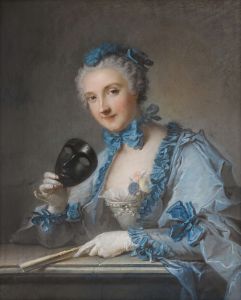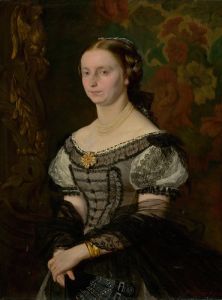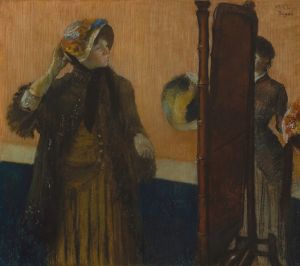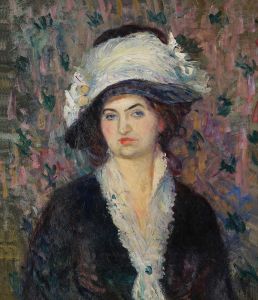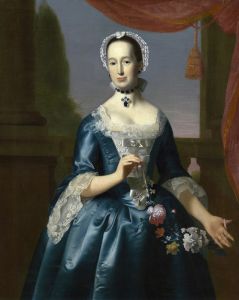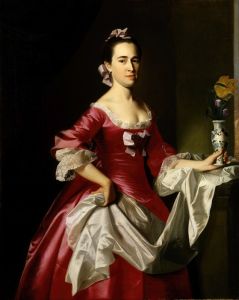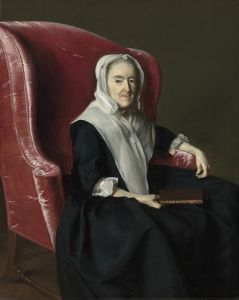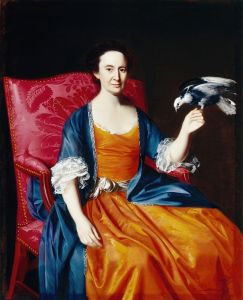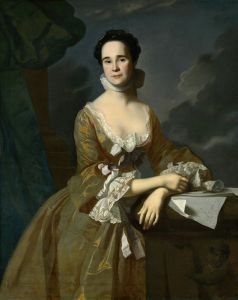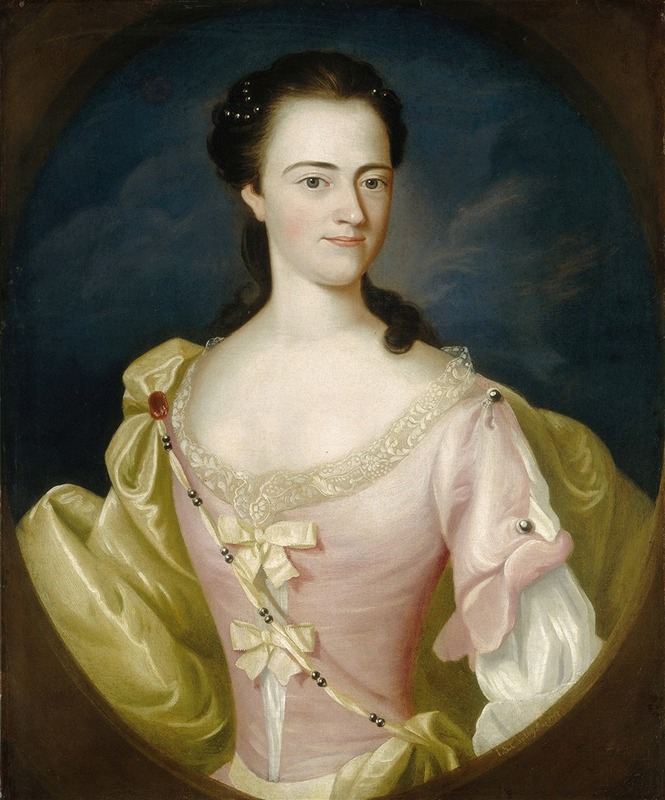
Jane Browne
A hand-painted replica of John Singleton Copley’s masterpiece Jane Browne, meticulously crafted by professional artists to capture the true essence of the original. Each piece is created with museum-quality canvas and rare mineral pigments, carefully painted by experienced artists with delicate brushstrokes and rich, layered colors to perfectly recreate the texture of the original artwork. Unlike machine-printed reproductions, this hand-painted version brings the painting to life, infused with the artist’s emotions and skill in every stroke. Whether for personal collection or home decoration, it instantly elevates the artistic atmosphere of any space.
John Singleton Copley was a prominent American painter known for his portrait work in the 18th century. Among his many works is the painting titled "Jane Browne," which exemplifies Copley's skill in capturing the likeness and character of his subjects with remarkable detail and realism.
John Singleton Copley was born in Boston, Massachusetts, in 1738 and became one of the leading portrait artists in colonial America. His work is characterized by its meticulous attention to detail and the ability to convey the personality and status of his sitters. Copley's portraits often include elaborate costumes and settings that reflect the wealth and social standing of his subjects.
The painting "Jane Browne" is a fine example of Copley's portraiture. Although specific details about the subject, Jane Browne, are limited, it is known that she was part of the colonial American society that Copley frequently depicted. The portrait showcases Copley's typical style, with a focus on realistic representation and the use of light and shadow to create depth and dimension.
In "Jane Browne," Copley employs a sophisticated use of color and texture to bring out the richness of the fabrics and the subtlety of the sitter's complexion. The attention to detail in the rendering of the clothing and accessories suggests the importance of fashion and material culture in the 18th century, as well as the status of the sitter. Copley's ability to capture the intricate details of lace, silk, and other materials is evident in this work, demonstrating his technical prowess and keen observational skills.
Copley's portraits are also noted for their psychological depth. In "Jane Browne," the sitter's expression and posture convey a sense of poise and confidence, offering insight into her character and social position. This ability to convey the inner life of his subjects is one of the reasons Copley's work remains highly regarded.
The painting is part of Copley's body of work that contributed significantly to the development of American art. His portraits not only serve as historical records of the individuals he painted but also provide a window into the cultural and social dynamics of colonial America. Copley's work, including "Jane Browne," is held in high esteem and is part of various collections in museums and galleries, where it continues to be studied and appreciated for its artistic and historical value.
John Singleton Copley's influence extends beyond his lifetime, as he set a high standard for portraiture in America and inspired future generations of artists. His ability to blend European artistic techniques with American subjects helped lay the foundation for a distinct American art tradition.
In summary, "Jane Browne" by John Singleton Copley is a testament to the artist's skill in portraiture, capturing both the physical likeness and the essence of his subject. The painting reflects the cultural and social milieu of 18th-century America and continues to be an important piece in the study of American art history.






